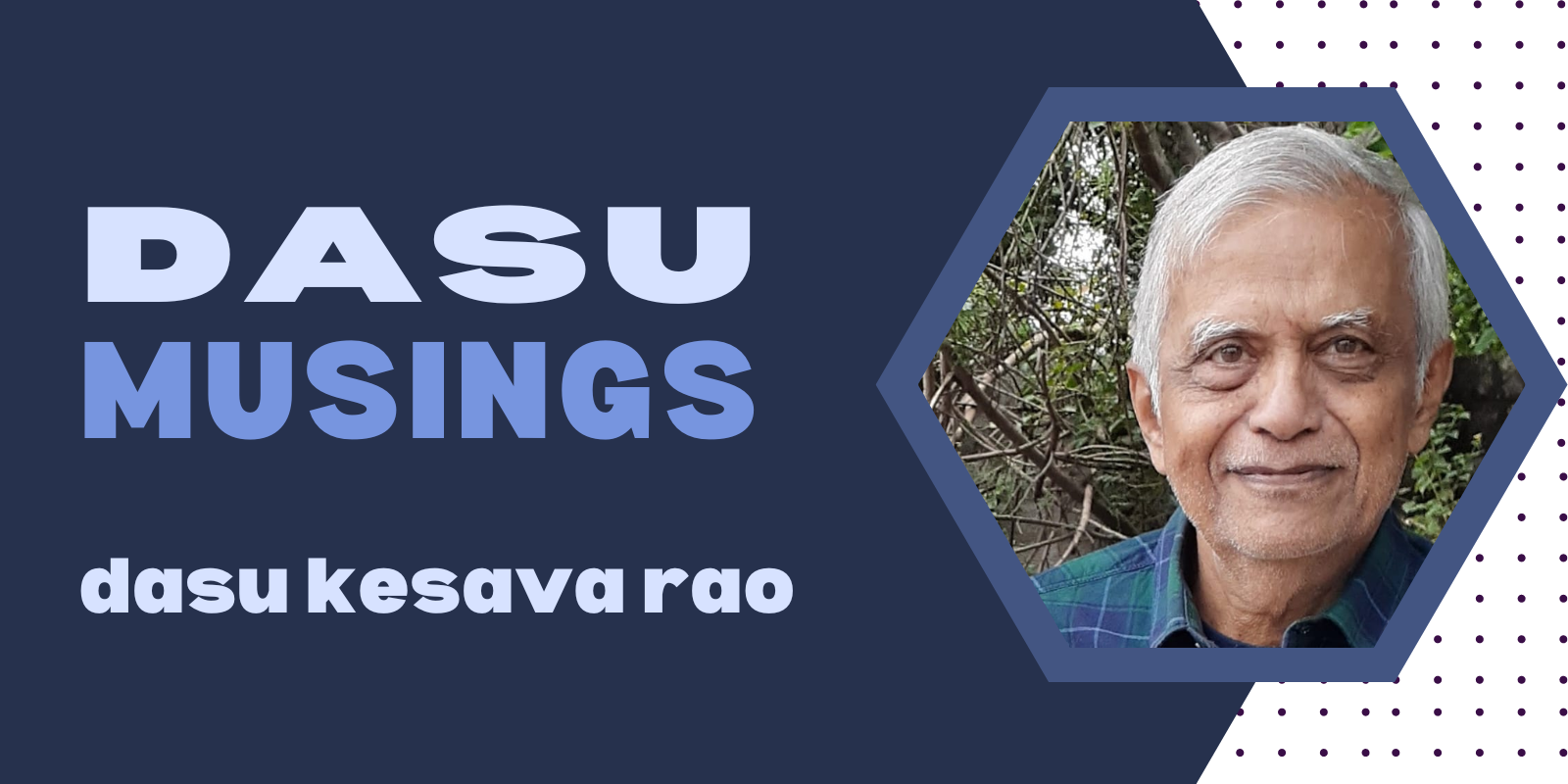It is not often that one slams the door on your face and then opens it with a hearty ‘welcome sir.’ It happened to me at The Deccan Chronicle more than 50 years ago.
I was a happy young man, just married, working as sub-editor at The Daily News when my father-in-law thought I deserved a fatter pay packet. He took me to his relative and respected journalist, PendyalVaman Rao. As the director of information he wielded a lot of clout in the DC and referred me to the news editor, GVK Murthy. I never liked the idea of recommendations, but met Murthy in deference to my father-in-law’s wishes.
I met Murthy, a short, thin man with wavy hair. ‘Oh. You are Kesava Rao. You think you will get a job simply because Vaman Rao recommends. Sorry. We will call for interviews. You can apply along with others.’ I was deeply hurt by the snub.
A few months later, I appeared for the written interview, not so much to get selected as to prove myself and to avenge the insult. I wantonly turned up 30 minutes late, finished the test in 15 minutes flat and stormed out.
Two days later, a sweet voice called me at my office saying ‘Kesava Rao. This is Murthy from DC. I am happy to inform that you stood first in the test. I will introduce you to our managing editor, M.R. Pattabhiram. Please come to our office tomorrow.’ True to his word, he took me to Pattabhiram and told him ‘he will be an asset to us.’ I joined the DC on March 15, 1970.
Murthy had been very cordial and encouraging throughout my short stint. Two other colleagues at the Daily News also joined later.
Life at the DC was cool. I was pursuing journalism course at Osmania University at the same time. The six-hour duty at the desk included at least two trips to the Garden Restaurant round the corner. We closed the city edition at 2 a.m. but carried a slot called ‘3 am news.’ But the ‘3 am’ bubble was pricked when Gemal Abdel Nasser, President of Egypt, died and we missed the news. Other papers carried it.
Inder Kumar Gujral, then Union Minister for Information, was in town to address a meeting of editors which was attended by the managing editor, Pattabhiram. The following day, Pattabhiram was annoyed that DC missed the important event. He had no face to show to the Union Minister. The NE in turn faulted the chief subeditor in front of us. I did not know what they were worried about. Then I said ‘sir. This is right here as second lead.’ They were both surprised and relieved. Then the buck started passing up, leaving the news editor and the managing editor flustered. Honestly, nobody had read the day’s newspaper!
Those days, the NE and the Sports Editor, T.N. Pillay, were at loggerheads. The News Editor asked me to run a sports column, obviously to spite Pillay. I was caught in the cross-fire. I could not offend Pillay, a longtime friend and well-wisher who in fact encouraged me to join the paper, or disobey the NE. Large-hearted as ever, Pillay asked me to go ahead without hesitation.
Years later, I met Murthy at the Railway Hospital in Mettuguda where he was admitted following the road accident near Nakrekal on Oct. 2, 1974. Three journalists were killed and a dozen severely injured in what was better known as ‘Krishna Express tragedy.’
I left the DC on June 30, 1971 after graduating in Journalism and joined The Indian Express at Vijayawada.
Tail piece: Life was hard. Both of us were employed. I would leave early to attend Journalism classes at the Arts College and then to the office. When on night shift, I would stay longerin the college, return home at Kacheguda for a quick dinner and on to the office.I would walk to Secunderabad station, wade through the sleeping crowd on the platform and catch the first local train to Kacheguda at 3:45 am.






